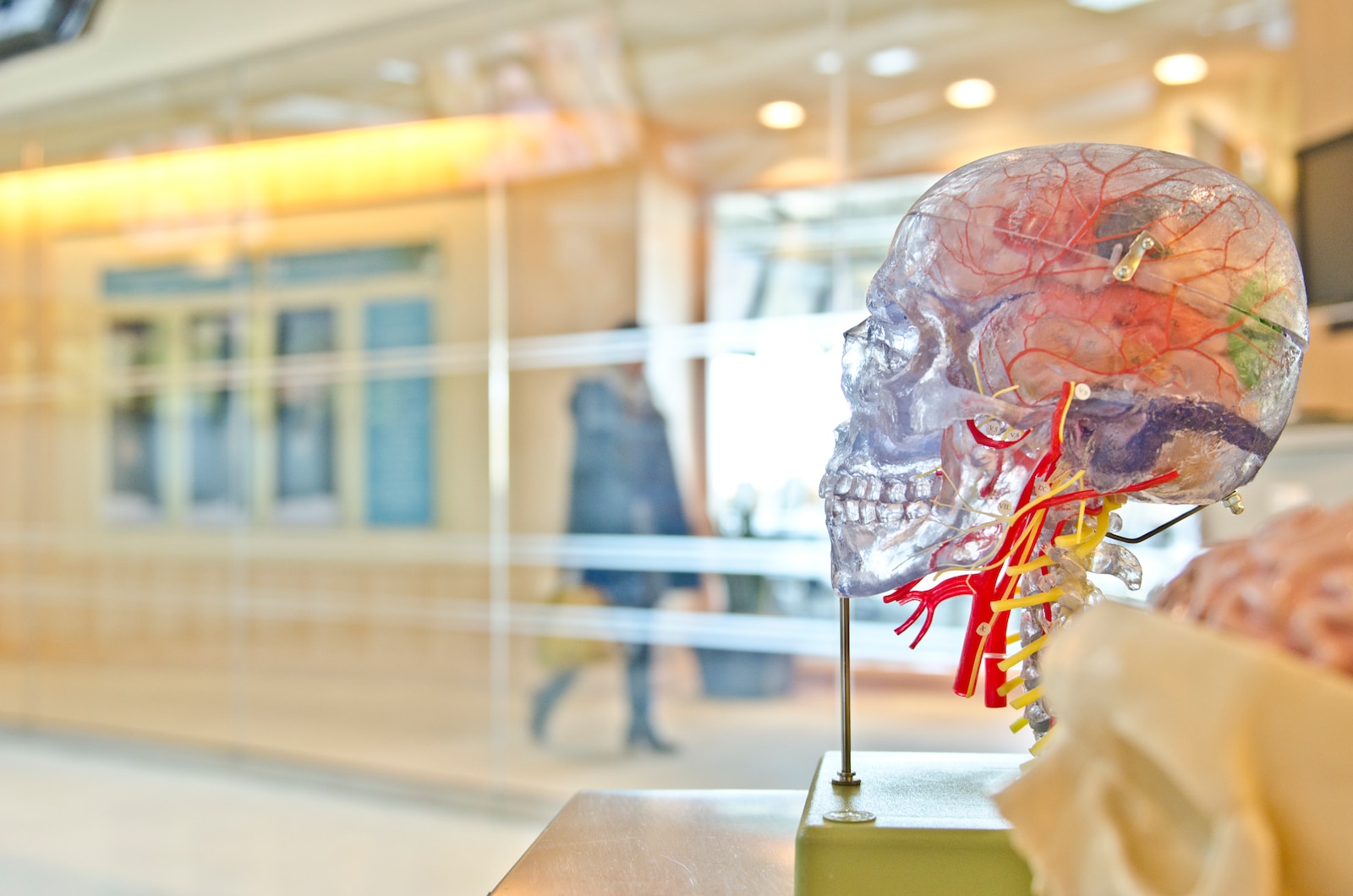
Science is showering cold water on psychedelics
Psychedelic plants and mushrooms have been used for thousands of years. It has long been a part of indigenous medicinal traditions, but was not incorporated into modern research until 1938. In recent years there has been an explosion of for-profit companies pushing for legalization. The psychedelic drug market is expected to be worth $11.82 billion by 2029, up from $4.87 billion in 2022.
As of 2019, veterans of the boom bust and boom marijuana industry, so to speak, have decided to build psychedelic companies and brands. Investors who’ve seen slow returns at companies like High Times and Tilray have been touted for the next big thing, which they think will deliver faster returns.
Now JAMA has frozen the immediate future of the industry.
RELATED: Science says medical marijuana improves quality of life
Research is at the heart of the problem. Anecdotal information abounds, and millions swear by the treatment’s effectiveness. But that’s not science, and there’s no data to back up claims. The 1950s and 1960s saw a period of scientific and cultural exploration. Psychedelic research was significantly slowed down by government intervention from the 1970s onwards.

The most recent article in JAMA points to issues that need to be resolved for government to become fully mainstream. We have highlighted three in this article.
How reliable are the studies?
The double-blind randomized controlled trial (DB-RCT) remains the gold standard method for determining the effectiveness of an intervention. However, the potent psychoactive effects of psychedelic drugs make blinding difficult and make studies susceptible to expectancy effects. Psychedelics are very personal, so it’s very difficult to look at a set of blind data, making it even harder to spot trends, patterns, benefits, and warnings.
What are the risks?
The challenges of rigorous study design and the “moral panic” that accompanied the first wave of psychedelic research make it difficult to separate the true risks of psychedelic drugs from myth and misinformation. Classical psychedelic drugs cause an acute and dose-dependent increase in heart rate and blood pressure, but they do not appear to have significant non-psychiatric medical risks.4 With regard to psychiatric risks, there is concern that individuals with a diagnosis or immediate family history, individuals suffering from a Psychotic or bipolar disorder may be at increased risk of adverse events (eg, prolonged psychosis), but further investigation is needed.
Another perhaps underestimated risk of psychedelic therapy concerns the possibility of major life changes following the experience.
What are the challenges in scaling psychedelic therapy?
Questions remain regarding the societal impact of psychedelic drugs as these are expanded from research studies to clinical practice. Another critical point is the high cost of current psychedelic therapy models, which typically involve two physicians for the 6-8 hour dosing sessions, to which is added around 10-15 hours of talk therapy.
RELATED: Dementia and Marijuana
Anything that provides a healthier and more natural solution to physical and mental ailments is positive. It is important for global research to invest in solutions that benefit millions of people. It is equally important that people understand that science will make things more effective if you are allowed to research and explore it.

Post a comment: